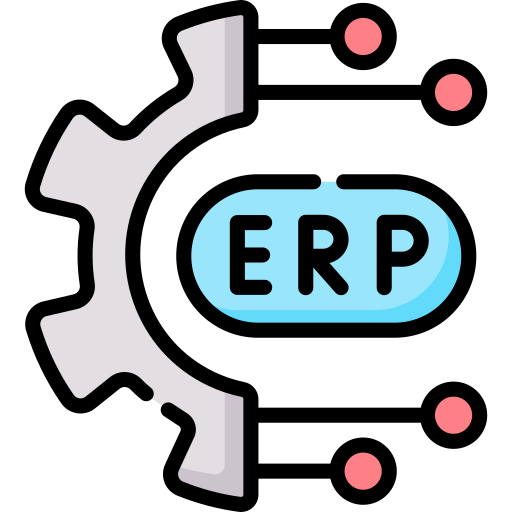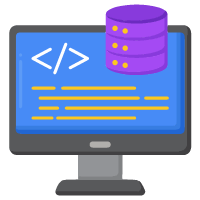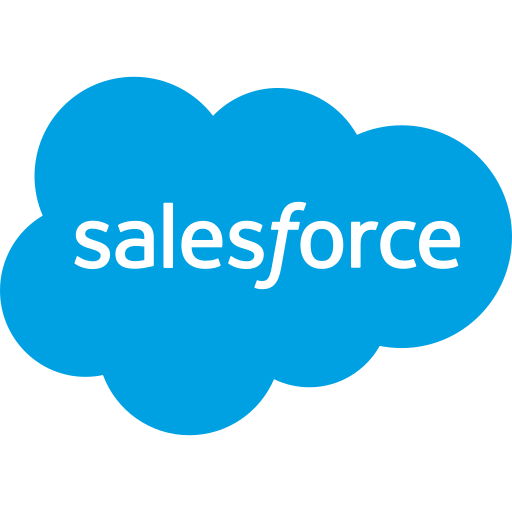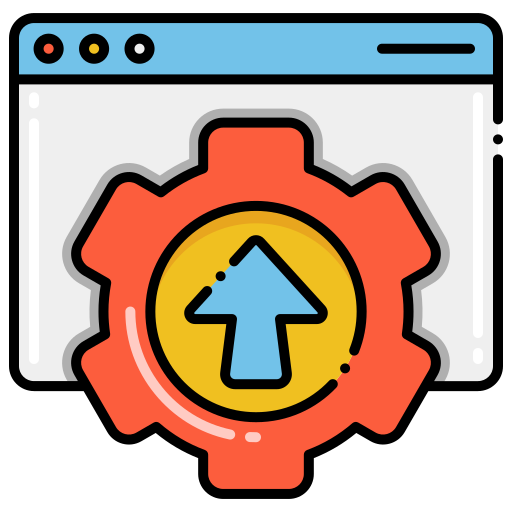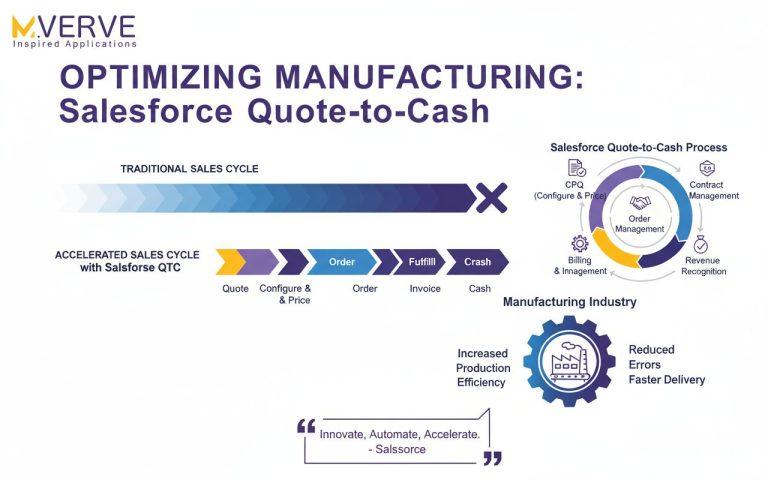Manufacturers can reduce their sales cycles by over 50% using Salesforce quote to cash automation. This dramatic improvement is transforming how industrial companies handle everything from initial product configuration to final payment collection. By mastering the Salesforce quote to cash process, businesses streamline operations, reduce errors, and significantly boost their bottom line.
Implementing an effective quote to cash management system doesn’t just accelerate your sales cycle—it drives real business results. Companies leveraging Salesforce quote to cash solutions report higher win rates and 15% larger deal sizes thanks to faster, more accurate quoting. Immediate benefits include improved efficiency for sales teams, error-free documents, and a superior customer experience.
For manufacturers grappling with complex product configurations or disconnected systems, Salesforce quote management offers a comprehensive solution. This is where mVerve Salesforce Solutions comes in. Our expert team helps manufacturing businesses implement end-to-end Salesforce quote to cash automation tailored to your unique processes. From salesforce CPQ setup to invoice automation and seamless CRM integration, we ensure faster sales cycles, smoother operations, and measurable revenue growth.
Throughout this guide, we’ll highlight how manufacturers are achieving these results and provide actionable strategies to transform your own sales process. With mVerve Salesforce Solutions, you can accelerate revenue, reduce operational friction, and deliver an elevated experience for both your team and your customers.
Understanding Quote to Cash for Manufacturers
The complex journey from customer interest to revenue collection presents significant challenges for manufacturers. Quote to cash in Salesforce serves as the backbone for streamlining this entire process, creating measurable improvements in efficiency and profitability. Let’s explore what this means for your manufacturing operation and how it differs from conventional approaches.
What is quote to cash in Salesforce?
Quote to cash (QTC) describes the comprehensive customer journey that spans from initial interest to final payment collection and revenue recognition. This end-to-end business process encompasses everything that happens from the moment a customer decides to purchase your product until your company receives and recognizes the revenue from that sale.
Salesforce Quote-to-Cash is a sophisticated system that integrates multiple components including Configure Price Quote (CPQ), eCommerce, Billing, Renewals, and Analytics. What makes this approach powerful is how it bridges traditionally siloed departments – spanning sales, finance, fulfillment/delivery, and multiple IT systems.
The process typically begins with product configuration, moves through customized pricing and quote generation, continues with contract management and order processing, and culminates with billing, payment collection, and revenue recognition. Moreover, it serves as a single revenue management platform where customer data is collected, processed, and updated in real-time.
Why manufacturers need a streamlined sales process
Manufacturing companies face unique challenges that make streamlining the sales process particularly valuable. A streamlined process delivers several concrete benefits:
- Enhanced cost-effectiveness in product production through minimal labor requirements and reduced work-in-process
- Improved agility to react to customer requirements and demands more rapidly
- Reduced inventory needs as higher throughput yields can be realized
- Better preparation for automation technologies, which can be hindered by uncontrolled processes
Furthermore, when manufacturers optimize their quote-to-cash workflow, they experience faster close rates and payments while reducing revenue leakage. The process also provides valuable insights for future improvements, as lessons learned can be applied to other processes within your company.
Consequently, streamlining becomes an essential strategy for manufacturers looking to gain competitive advantage. Organizations with disjointed QTC processes often struggle with approval and processing delays, operational inefficiencies, and disconnected forecasting capabilities.
How quote to cash differs from traditional sales cycles
Traditional sales cycles typically conclude when the customer agrees to place an order. Essentially, many companies assume the sales process is complete at this point. However, the quote-to-cash process continues through order fulfillment, billing, payment collection, and comprehensive data analysis.
Previously, manufacturers had to learn and manage separate CRM, order management, and accounting systems. This disconnected approach meant finance teams had to wait for correct data before generating invoices, causing cash flow management problems. Even minor delays in the invoicing and collection process could significantly impact financial forecasting and operations.
Unlike traditional approaches, quote-to-cash creates a seamless flow across departments. This integration eliminates data inconsistencies that commonly lead to discrepancies in quotes, orders, and invoices. Subsequently, manufacturers avoid the delayed sales cycles and poor customer experiences that plague companies with fragmented systems.
The quote-to-cash approach creates a 360-degree view of the customer, enabling better, more informed decisions throughout the entire relationship. This holistic perspective primarily separates quote-to-cash from traditional sales methods that treat each department’s role as separate rather than interconnected.
Breaking Down the Salesforce Quote to Cash Workflow
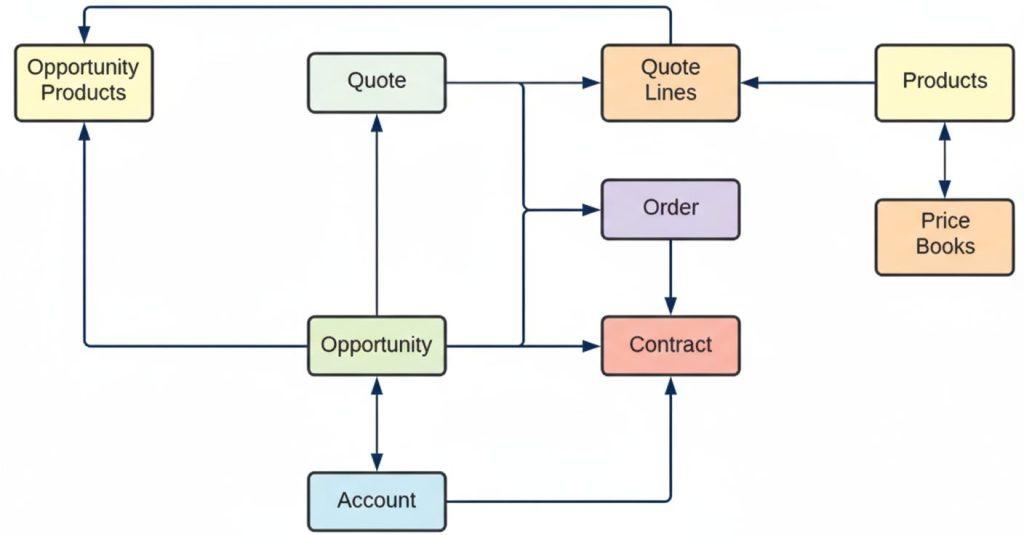
The Salesforce quote to cash workflow represents a structured approach that manufacturers can implement to accelerate their sales processes. Understanding each component of this workflow provides clarity on how to optimize your manufacturing sales cycle from initial contact through revenue recognition.
1. Lead and opportunity creation
The journey begins when potential customers express interest in your manufacturing solutions. In Salesforce, this process starts with lead generation, where individuals or organizations are captured as leads through various marketing efforts. These leads require qualification before advancing in the sales pipeline.
During qualification, sales teams evaluate interest level, budget, authority to make purchasing decisions, and timeline. Once qualified, the lead conversion process in Salesforce transforms these prospects into three interconnected records: an Account (representing the company), a Contact (the individual person), and an Opportunity (the potential deal).
“Converting a lead should always create an opportunity when there’s potential revenue,” advises sales process experts. This crucial first step establishes the foundation for the entire quote to cash workflow.
2. Product configuration and pricing
Following opportunity creation, sales representatives configure product offerings tailored to customer specifications. For manufacturers with complex product catalogs, this stage becomes considerably more manageable through Salesforce CPQ.
Salesforce pricing follows a specific calculation order, beginning with the list price drawn from your price book. The system then applies:
- Contracted pricing (if applicable)
- Special pricing
- Proration adjustments
- Volume discount schedules
- Term discount schedules
- Additional discretionary discounts
This structured approach ensures pricing accuracy while maintaining appropriate margins. For manufacturers with intricate product configurations, the guided selling capabilities walk reps through targeted questions to identify optimal product combinations.
3. Quote generation and approval
Once products are configured and priced, the next phase involves creating professional quotes. Traditionally, quote creation has been one of the most arduous aspects of the sales process, requiring manual compilation of products and prices. However, Salesforce quote management solutions now automate this process.
Salesforce quote automation generates accurate, customized quotes with significantly fewer clicks. In fact, some manufacturers report generating quotes with 87% fewer clicks using AI-powered quoting, reducing turnaround times from hours to minutes.
After quote creation, approval workflows route documents to necessary stakeholders—whether managers, finance, or legal departments. These approvals can occur simultaneously, eliminating bottlenecks that traditionally delay manufacturing sales cycles.
4. Contract management and order processing
Upon quote acceptance, the contract management phase begins. Salesforce Contract Lifecycle Management automates contract creation, capturing all negotiated terms and conditions. This automation eliminates the risks associated with manual contract preparation.
Throughout contract negotiation, version control becomes essential. Advanced contract management provides visibility into what changes with each iteration, saving valuable time for legal teams reviewing complex manufacturing agreements.
After contract execution, the order fulfillment process activates. The order ensures all products or services are delivered according to specifications in the agreement, maintaining consistency between what sales quotes and what manufacturing delivers.
5. Billing, invoicing, and revenue recognition
The final phase of the quote to cash salesforce workflow involves financial processes. Salesforce Billing automatically generates invoices based on contract terms and the original quote. This integration eliminates the previous disconnect where finance teams had to wait for correct data before creating invoices.
Beyond invoicing, revenue recognition becomes critical for manufacturers. Automation in this area provides several benefits:
- Error reduction through minimized manual processes
- Enhanced scalability as business requirements evolve
- Consistent application of revenue recognition policies
- Advanced transaction monitoring with clear audit trails
- Compliance assurance with accounting standards
Through this comprehensive workflow, manufacturers create a seamless connection between sales, operations, and finance—dramatically reducing the time from initial customer interest to recognized revenue.
How Salesforce CPQ and Billing Accelerate Sales
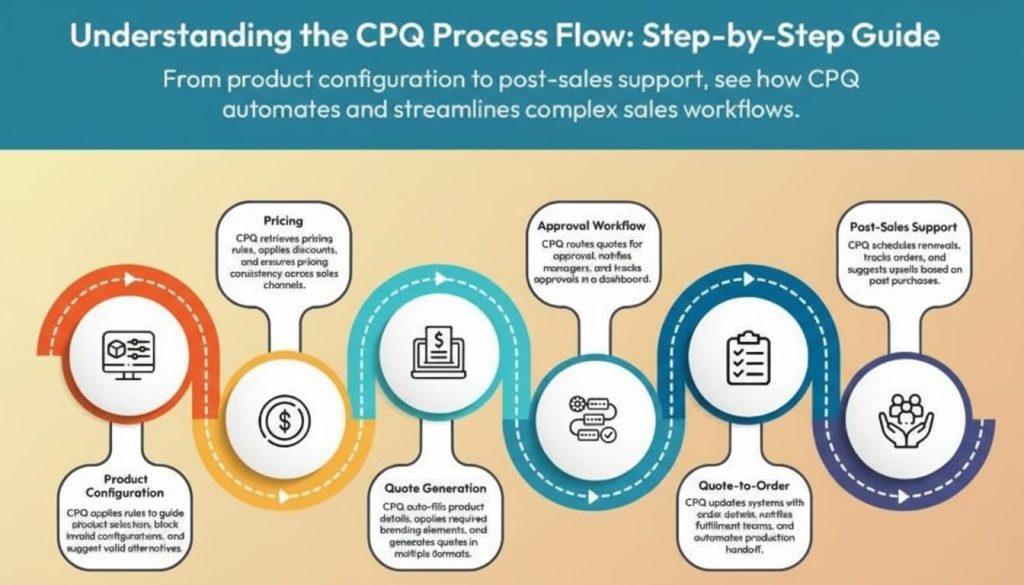
At the core of accelerated manufacturing sales cycles lies Salesforce CPQ and Billing—tools designed to eliminate bottlenecks and streamline revenue operations. These technologies work together to create measurable improvements throughout the entire quote to cash process.
Automated quote generation with Salesforce CPQ
Salesforce Configure, Price, Quote (CPQ) fundamentally changes how manufacturers create sales proposals. This powerful tool helps sales teams quickly generate accurate quotes for complex products or services by automating the entire quoting process. Ordinarily, sales representatives spend excessive time creating manual quotes, yet with CPQ implementation, businesses report 10X faster quote generation.
The automation process walks reps step-by-step through product selection and pricing, creating complete and accurate quotes in minutes instead of hours. Notably, sales teams using AI-powered quoting now generate quotes with 87% fewer clicks, drastically reducing turnaround time from hours to minutes. This efficiency gives manufacturing sales teams more time to focus on relationship building rather than administrative tasks.
Real-time pricing and discount rules
Price rules in Salesforce follow an “if/then” logic pattern that automatically calculates sales quotes based on specific conditions. These rules ensure pricing consistency across all quotes while allowing for flexibility when needed.
The benefits of automated pricing rules include:
- Eliminating manual calculation errors that erode profit margins
- Ensuring all discounts follow approved company policies
- Automatically applying volume or term discount schedules based on quantity
- Maintaining pricing consistency across all sales channels
Apart from standardizing the pricing process, these rules update in real-time throughout your systems, ensuring customers always receive accurate information. This precision builds trust while protecting your bottom line.
Seamless transition from quote to invoice
Once customers accept a quote, CPQ with Salesforce Billing integration enables manufacturers to transition smoothly from quote generation to invoice creation. This connection ensures consistency between what customers agreed to purchase and what they ultimately pay for.
Automatic invoice generation—a core feature of Salesforce Billing—creates invoices based on sales and subscription data without manual intervention. As a result, accounts receivable teams can generate accurate invoices immediately after an order is placed, without needing detailed knowledge of the sales process.
Revenue recognition compliance for manufacturers
For manufacturers, revenue recognition presents unique challenges, specifically when dealing with complex contracts and regulatory requirements. Salesforce CPQ & Billing addresses these complexities through easily configurable rules and automation capabilities.
The system automatically updates invoices as contract changes occur and provides comprehensive visibility into customer payments. Furthermore, automation minimizes manual errors while enforcing uniform revenue recognition policies. This approach not only streamlines operations but also aligns with accounting standards, fostering regulatory compliance and simplifying reporting.
Challenges Manufacturers Face and How Salesforce Solves Them
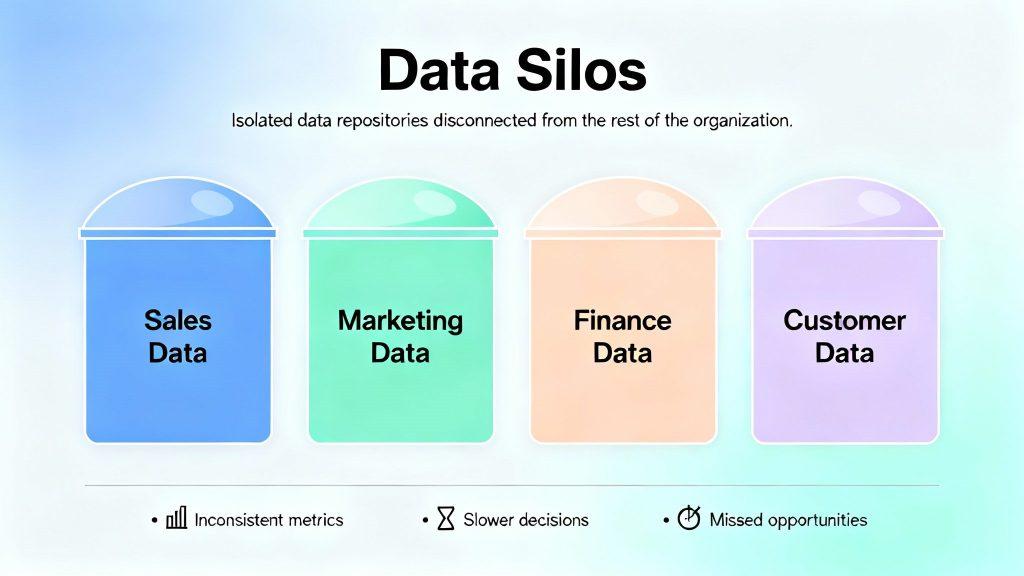
Behind every struggling manufacturing sales process lie fundamental operational challenges that hamper efficiency. In today’s competitive landscape, these obstacles directly impact the bottom line yet remain solvable with the right approach.
Disconnected systems and manual handoffs
Manufacturing companies frequently operate with disparate systems that create substantial operational gaps. These disconnected tools force employees to manually transfer data between platforms, increasing error risks by up to 30%. Beyond errors, this disjointed approach consumes approximately 12 hours weekly as employees chase information trapped in separate systems.
Salesforce resolves these challenges through its comprehensive CRM platform designed specifically for manufacturers. By connecting your entire value chain, Salesforce creates a 360-degree view of customers, partners, and assets, eliminating the need for constant manual data transfers between departments.
Complex product configurations
For many manufacturers, product configuration complexity presents overwhelming challenges. Sales representatives must navigate technical specifications without engineering expertise, creating bottlenecks when configuring complex products. This expertise gap often forces constant back-and-forth between sales and engineering teams, stretching quote generation into weeks.
Salesforce CPQ addresses this by embedding engineering knowledge directly into the system, reducing constant handoffs and approvals. This alignment ensures orders remain technically sound and profitable without overloading engineering teams with routine configuration reviews.
Approval delays and pricing errors
Delayed approvals severely impact manufacturing operations, stalling projects and frustrating customers. These delays carry substantial costs—including lost revenue, increased expenses, and damage to brand reputation. Pricing errors similarly erode profitability, with manual processes making consistent pricing nearly impossible.
With Salesforce quote to cash, automated approval workflows route documents simultaneously to necessary stakeholders, eliminating bottlenecks that traditionally delay manufacturing sales cycles.
Data silos between sales and finance
Historically, sales and finance departments operated in separate silos with minimal collaboration. This division creates friction and inefficiencies that directly impact profitability. Additionally, without real-time access to financial data, sales teams make decisions using incomplete or outdated information.
Quote to cash management in Salesforce bridges this divide by creating a single source of truth. Finance provides sales with insights on customer profitability and pricing strategies, while sales brings market intelligence to finance, fostering data-driven decision-making across departments.
Best Practices to Cut Sales Cycles in Half

Successful implementation of salesforce quote to cash requires strategic approaches that can dramatically reduce your manufacturing sales timeline. Let’s examine proven strategies that yield measurable results.
Standardize pricing and discounting rules
First, establishing consistent pricing structures eliminates calculation errors that often plague manufacturing quotes. Standardized rules ensure quotes reflect accurate margins regardless of which representative creates them. By encoding your pricing policies directly into Salesforce, you provide sales teams with a framework that maintains profitability while allowing appropriate flexibility for competitive situations.
Integrate CRM, CPQ, and ERP systems
Connecting these critical systems creates a seamless flow of data across your entire quote-to-cash process. This integration offers tangible advantages:
- Real-time visibility into inventory and product information from ERP
- Automatic population of customer details from CRM
- Elimination of manual data transfer between systems
Use guided selling for faster product selection
Guided selling tools implement a structured question-answer flow that uncovers customer requirements and constraints. This approach helps sales teams quickly identify viable solutions, increasing win rates by aligning configurations with customer needs. Additionally, it reduces the sales cycle by 38% through simplified product selection.
Automate approvals and contract workflows
Implementing automated contract approvals eliminates manual steps, potentially cutting negotiation cycles by 50%. These workflows ensure consistent application of business rules while maintaining compliance standards.
Train teams on quote to cash management tools
Beyond implementation, comprehensive training ensures adoption. Develop detailed standard operating procedures covering all aspects of the quote-to-cash process. Incorporate hands-on practice with realistic scenarios to build confidence in the new tools.
Conclusion
Transforming your manufacturing sales process through Salesforce quote to cash automation delivers measurable, significant results. Our experience working with manufacturing clients confirms that implementing this comprehensive approach can indeed cut sales cycles by half while simultaneously boosting deal sizes and win rates.
Streamlined operations start with understanding the complete journey from initial customer interest through revenue recognition. Previously, manufacturers struggled with disconnected systems, manual handoffs, and siloed departments. However, Salesforce’s integrated platform eliminates these barriers, creating a seamless workflow across your organization.
Additionally, automating complex product configurations prevents the typical engineering bottlenecks that plague traditional manufacturing sales processes. Sales representatives can confidently navigate technical specifications without constant engineering consultations, thus accelerating quote generation from weeks to minutes.
Therefore, manufacturers who implement standardized pricing rules, integrate key systems, and utilize guided selling tools position themselves for substantial competitive advantage. Automated approvals and contract workflows further eliminate delays while maintaining compliance and consistency.
Most importantly, these improvements extend far beyond just faster sales cycles. The ripple effects include enhanced customer experiences, reduced operational costs, fewer errors, and significantly improved profitability.
Certainly, transitioning to an automated quote to cash process requires investment and change management. Still, the return on investment quickly materializes through increased efficiency, larger deal sizes, and accelerated cash flow.
We’ve consistently observed how manufacturing companies transform their revenue operations through these solutions. Your team deserves the competitive edge that comes from eliminating manual processes and embracing a streamlined, error-free approach to sales. The time to revolutionize your quote to cash process is now – your competitors may already be reaping the benefits.
FAQs
Q1. What exactly is the quote-to-cash process in Salesforce? The quote-to-cash process in Salesforce is a comprehensive end-to-end workflow that manages the entire customer journey from initial product configuration to final revenue recognition. It integrates multiple components including Configure Price Quote (CPQ), eCommerce, Billing, Renewals, and Analytics to streamline sales operations.
Q2. How does quote-to-cash benefit manufacturers? Quote-to-cash significantly benefits manufacturers by enhancing cost-effectiveness, improving agility to meet customer demands, reducing inventory needs, and preparing for automation technologies. It also accelerates sales cycles, increases win rates, and improves overall operational efficiency.
Q3. What challenges does Salesforce quote-to-cash solve for manufacturers? Salesforce quote-to-cash addresses key challenges such as disconnected systems, complex product configurations, approval delays, pricing errors, and data silos between departments. It provides a unified platform that automates processes, ensures accurate pricing, and facilitates seamless communication across teams.
Q4. How does Salesforce CPQ accelerate the sales process? Salesforce CPQ accelerates sales by automating quote generation, implementing real-time pricing and discount rules, and enabling seamless transitions from quotes to invoices. It significantly reduces the time and effort required to create accurate quotes, especially for complex product configurations.
Q5. What are some best practices for implementing quote-to-cash in manufacturing? Key best practices include standardizing pricing and discounting rules, integrating CRM, CPQ, and ERP systems, using guided selling for faster product selection, automating approvals and contract workflows, and thoroughly training teams on quote-to-cash management tools. These strategies can help cut sales cycles in half and improve overall efficiency.


